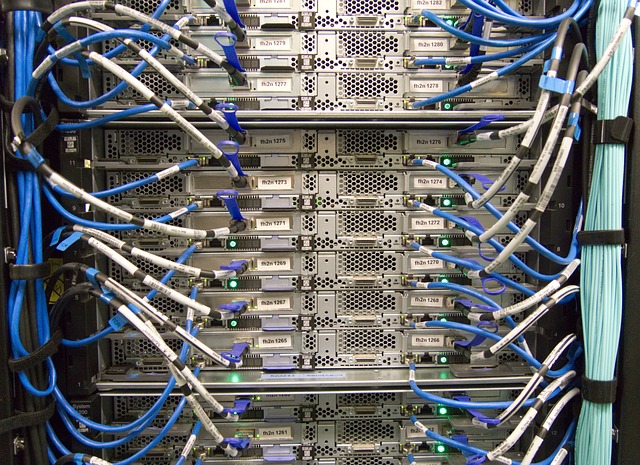What is DOCSIS Technology?

To better understand DOCSIS technology, you first need to understand what it stands for. It is an international telecommunication standard that stands for Data Over Cable Service Interface Specification and is used to provide internet connection via a cable modem. It allows transmission of high bandwidth data transfer over existing cable TV wires. While DOCSIS 1.0 was ratified as far back as 1998, its now also referred to as Certified Cable Modems, emphasizing that the standard is being used to certify cable modems that conform to DOCSIS.
Like most products, DOCSIS has evolved over the years and can now support higher internet service speeds and telephony services, with DOCSIS 3.1 Full Duplex being touted to become the latest standard and for the first time, able to support symmetrical downloads and uploads of 10 Gbps.
You might be wondering whether you really need to know all this information about DOSIS. But it is important as the DOCSIS version matters when it comes to buying an internet package as consumers need to buy a cable modem that is compatible with the cable internet speeds they require. This means that you don’t have to go for the ‘latest version’, but choose the one compatible with the quality of your connection. It also becomes relevant for internet users and ISPs as it allows them to increase speeds without having to replace the coaxial cables completely.
Ideally the fiber technology should be used for high speeds, but that would cost quite a lot, making DOSIS a more practical connection interface. This technology employs a cable modem at the end-user’s premises and another at the ISP’s distribution center. And to break it down further, there are two main components of DOCSIS – the physical (PHY) and the media access control, also known as MAC.
The PHY refers to the equipment as well as the frequency used to transmit data through the various physical systems. The MAC layer on the other hand deals intelligently with the excessive amounts of data being processed, leading to organization and streamlining of signals; each device also gets coupled with an ‘address’ to prevent collision and loss of information.
Understanding this basic technology will help you decide which hardware and service options are needed by you based on your location, internet speed needs as well as budget.
Though you might have gone cross-eyed by now, this information is pertinent to ensuring you stay up-to-date with the latest in technology and get the fastest speeds possible for your money!

